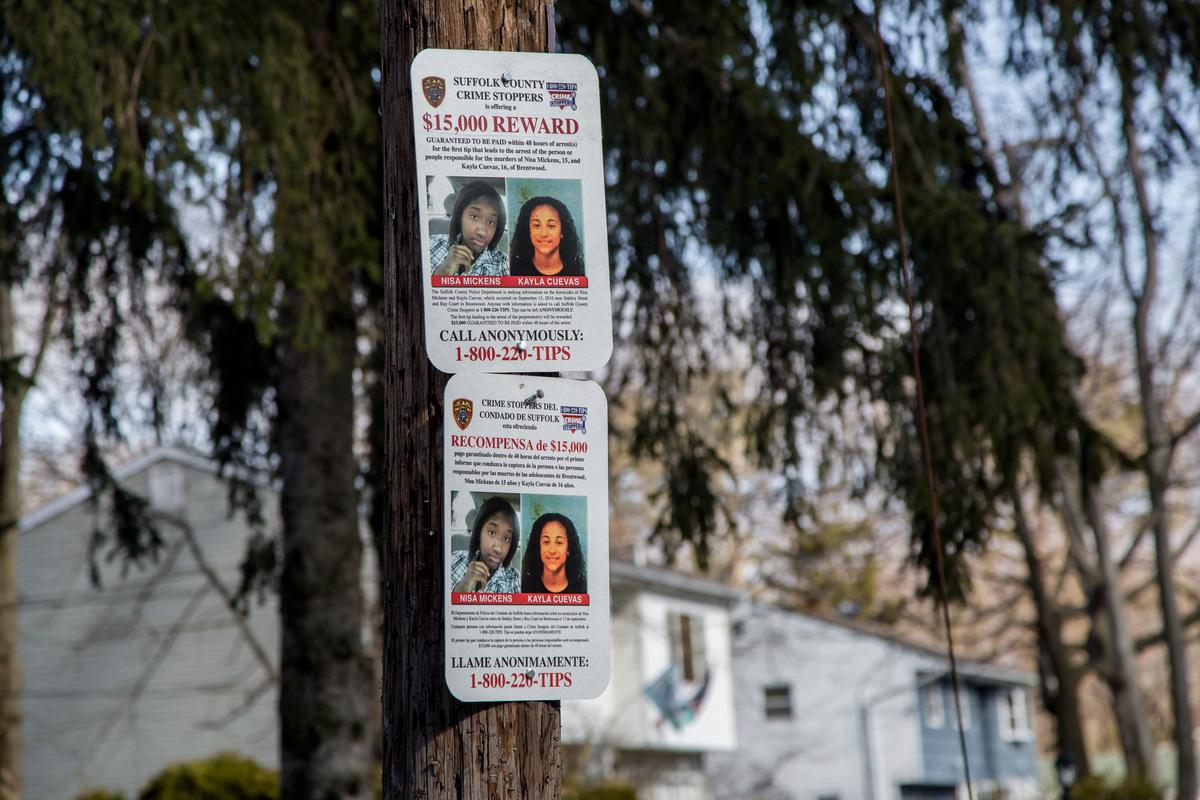NEW YORK—Schools have become the crucible for intimidation and recruitment into the Mara Salvatrucha, or MS-13, gang on Long Island and around the country.
One Long Island mother, who wanted to remain anonymous for fear of reprisal from MS-13, said she and several other parents have taken their teenagers out of the local high school because they’ve become targets of the gang. Some children are being homeschooled and, in a few extreme cases, sent to stay with relatives out of the state.
“I am scared to death,” the mother said. “It’s a crapshoot. I feel like we’re rolling the dice here, and it shouldn’t be like this.”
Parents and children in Brentwood and Central Islip barely had time to comprehend the shocking murders of two teenage girls last September before four young men were found killed last month.
All six victims had been brutally murdered with baseball bats and machetes—the modus operandi of the MS-13 gang, which has proliferated in the area in recent years.
The Suffolk County Police Department confirmed that there are currently about 450 known MS-13 gang members in the county.
“These kids are on high alert,” the mother said. “I feel like I’m losing my child ... to this situation. The situation has just made him hardened.”
The mother blames the schools as a major problem area. “My talks with the school administration reflected denial and lack of solutions,” she said.
Evelyn Rodriguez, whose daughter 16-year-old Kayla Cuevas was slain in September, said she knows of parents who have pulled their kids out of school.





